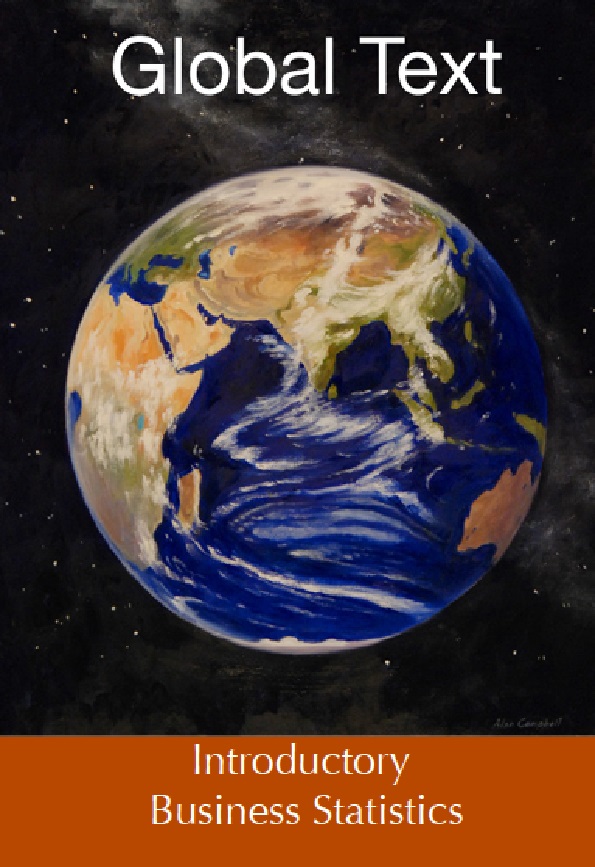There are two common definitions of statistics. The first is "turning data into information", the second is "making inferences about populations from samples". These two definitions are quite different, but between them they capture most of what you will learn in most introductory statistics courses. The first, "turning data into information," is a good definition of descriptive statistics—the topic of the first part of this, and most, introductory texts. The second, "making inferences about populations from samples", is a good definition of inferential statistics —the topic of the latter part of this, and most, introductory texts. To reach an understanding of the second definition an understanding of the first definition is needed; that is why we will study descriptive statistics before inferential statistics.
Title
Introductory Business Statistics
Description
There are two common definitions of statistics. The first is "turning data into information", the second is "making inferences about populations from samples". These two definitions are quite different, but between them they capture most of what you will learn in most introductory statistics courses. The first, "turning data into information," is a good definition of descriptive statistics—the topic of the first part of this, and most, introductory texts. The second, "making inferences about populations from samples", is a good definition of inferential statistics —the topic of the latter part of this, and most, introductory texts. To reach an understanding of the second definition an understanding of the first definition is needed; that is why we will study descriptive statistics before inferential statistics.
Creator
Contributor
Publisher
Date
Identifier
Rights
Subjects
Matematika. Tabiiy fanlar
Language
Type
Format
Relation
Source
Coverage

